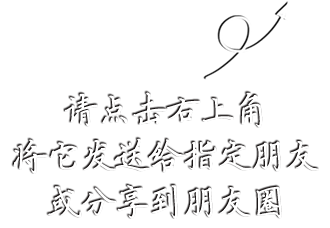The rising cultural industry in Chaoyang district of Beijing is constantly reminding people that the new development path driven by cultural innovation is reliable and inspiring.
Although there are not so many typical resources such as a decade-long royal heritage or ancient urban areas or hutong, Chaoyang has cultivated a fashionable and inclusive cultural group.
Official figures show that by the end of 2021, there are more than 90,000 enterprises involved in the cultural industry in the district. Of the total, some 18,000 were registered in the past five years alone.
The total number of cultural industrial parks has reached 102, of which 32 are recognized as municipal-level parks, ranking them first in the city.
The total number of cultural enterprises above designated size — those earning at least 20 million yuan ($2.85 million) annually — surpassed 2,300, accounting for 43 percent of the city's total.
The only national-level cultural and creative experimental zone in China is in Chaoyang. As an experimental field of the cultural industry, it taps into policy support and business opportunities to promote industrial reform and upgrade.
With the efforts to improve space utilization, a total of 59 featured cultural and creative parks were established to model the effect of upgrading old industrial plants, traditional commercial facilities and physical markets.
In terms of industrial layout optimization, Chaoyang district has rolled out measures to support new industrial patterns such as new media, digital-driven advertising, publishing, online games and esports. It has cultivated a number of culture-themed technological parks such as Alibaba cultural and entertainment headquarters and a creative base for the publishing industry.
The Langyuan Vintage creative park is a renowned cultural industrial park in the capital. After introducing a number of bookstores, coffee shops and performance centers, it is no longer just an office area but is also a place for people to visit.
Many people living nearby regard it as a city park near their homes, a place to go to for a stroll when they are free. There are also regular cultural activities in the area such as film viewings, sharing literature, listening to music, watching opera and drama, and use of educational resources.
In recent years, Chaoyang has continuously improved the public cultural service system. The district built up a four-level public cultural facility. At the same time, Chaoyang district also vigorously promoted the construction of cultural space and built up intangible cultural heritage learning centers and museums.
Official data showed that by Sept 7, there were a total of 40 urban bookstores and 57 mobile art galleries in residential communities. The number of museums reached 66. A total of 324 bookstores are in service in the district, including some 80 branded physical bookstores.
liyou@chinadaily.com.cn

